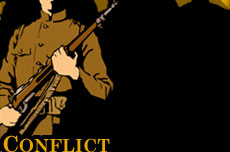Life as a copper mineworker was dangerous, dirty, and sometimes deadly. In 1911, 63 men died in Copper Country mines, an average of over one per week. As early as 1906 organizers from the WFM began efforts to unionize Copper Country mines to address worker grievances. Labor disputes before 1913 were not uncommon, but had rarely united skilled and unskilled workers. This changed as mining companies began to introduce a new “one-man drill,” designed to increase production (and profit) by reducing the number of workers at each drilling site. Skilled drill operators reacted negatively to the change, fearing reduced safety when working alone, and began to join with unskilled workers in seeking help from organized labor. |


